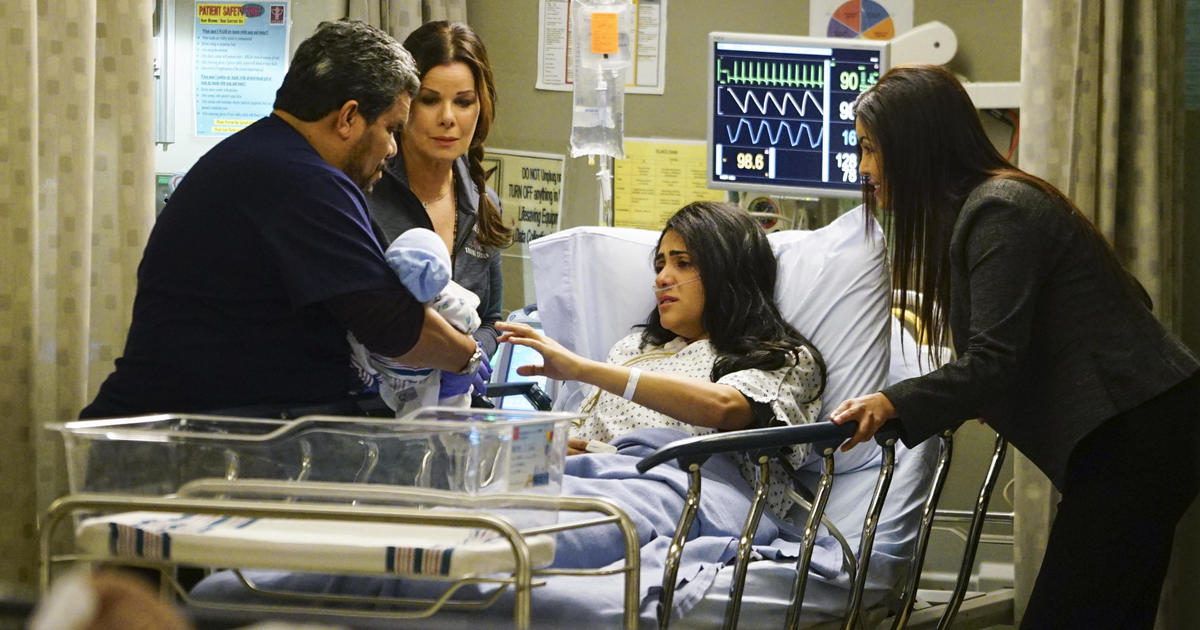Radial Heart Catheterizations Becoming More Popular
PITTSBURGH (KDKA) - Going on vacation is supposed to be relaxing. It was anything but relaxing for a local man who ended up with life-threatening problems in Aruba.
Luckily, he was able to come home and get treatment that is becoming more available in the United States.
For Brian Parrish of Upper St. Clair, a vacation in Aruba started with a friendly swimming competition with a friend.
After racing to a dock and back, he knew something wasn't right.
"My chest hurt, my shoulders hurt. But I thought, 'I've been swimming, I haven't done that for a while.' So, I thought maybe that's all it is. Maybe I was just a little sore from the swim," Parrish said.
As it turns out, he was having a heart attack. He ended up in the local hospital, but his care was not like what he'd get back home.
"You don't appreciate U.S. medical care until you have a heart attack in a third-world country," Parrish said.
He called a doctor friend in Pittsburgh, who had some strong advice.
"Basically it's minimal care, but they didn't do anything wrong." Parrish said. "[The doctors] did the right things to keep you going, but you need to get back here as soon as possible."
Not even six hours after landing, he was in the Cath Lab to get blockages cleared in his heart vessels. The doctor was going to take an approach Parrish wasn't expecting.
"From what I understand, usually, to do a heart catherization, they run it up through your thigh," Parrish said. "He said, 'No, we're going to go through your wrist.'"
"As far as the approach, radial versus femoral, the radial catherization is available now and has a couple of nice advantages," St. Clair Hospital Cardiologist Dr. Jeffrey Friedel said.
A smaller artery just under the skin in the wrist is easier to get into, especially with the right equipment, and there's less chance of bleeding or infection. Plus, it's more comfortable for the patient.
"And for some like Mr. Parrish, a very active gentleman and needed to get back to work, he was able to have the procedure, and the next morning he was back to work and doing all the things he enjoys doing," Dr. Friedel said.
"That's it, that's the scar. You can barely even see it," Parrish said as he pointed to a spot on his wrist that looks like a small, well-healed bug bite.
"You put a Band-Aid on it, absolutely no pain, no discomfort, no problems at all, and by noon the next day I was released."
And even though he has been doing well since the procedure, he's still working on reducing his heart risk.
"I'm doing great, great. Lost about 40 pounds since the heart attack, basically changed my diet," he said.
The radial approach is much more common in Europe and Japan. Dr. Freidel said right now, only about two percent of all catherizations in the U.S. are done through the wrist.
The majority are still done through the groin. However, as training for this becomes more widespread, the technique will become more available, too.
RELATED LINKS
St. Clair Hospital
More Local News
More Health News
More Reports From Dr. Maria Simbra



